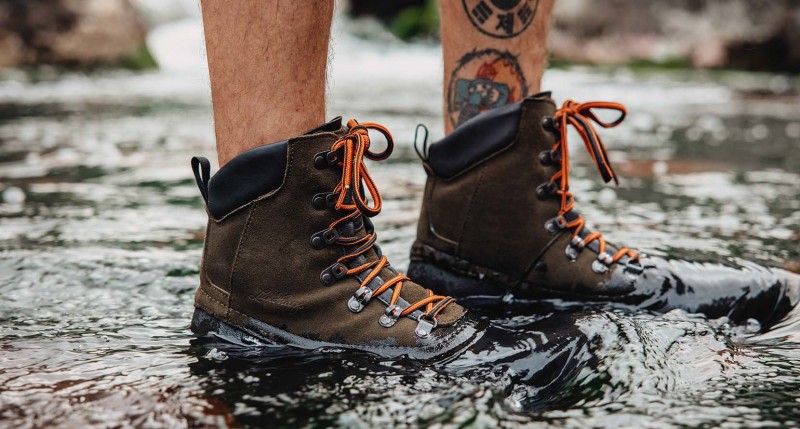
How do I choose the right boots?
It's not easy to find the right boots. There is an endless range of different brands, models and lots of features. Luckily, here at Outnorth we have experts in most categories of outdoor activities – and boots are no exception. In this guide, we share our recommendations, so that you can choose the perfect boot for you! There are a few things you need to think through before investing in a pair of boots. What type of hike do you have in mind, what type of material is best suited and how does the boot feel on your foot? All of this matters when it comes to how your boots will perform when you wear them.
Things to consider when choosing new boots
- Think about what you will primarily use your boots for. Are you a person who hikes far in rougher terrain or will you use wear boots mainly for everyday use?
- If you're looking for waterproof boots, Gore-Tex membranes are a safe bet. Leather boots are also recommended because they dry quickly, breathe and keep their shape.
- The size you choose plays a big part and if you want thicker socks in your boots, we recommend to size up.
- You can adapt your boots to any season with different thicknesses of your socks.
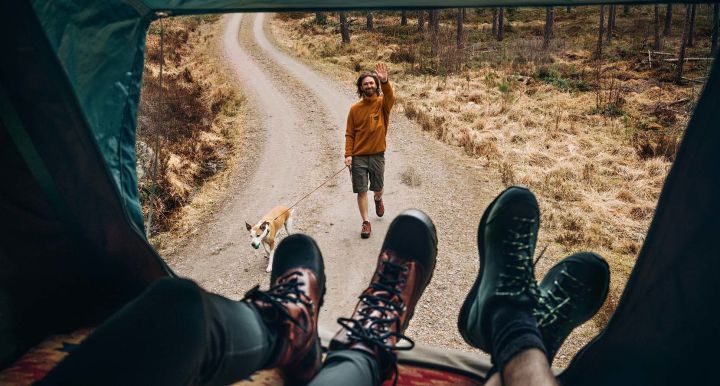
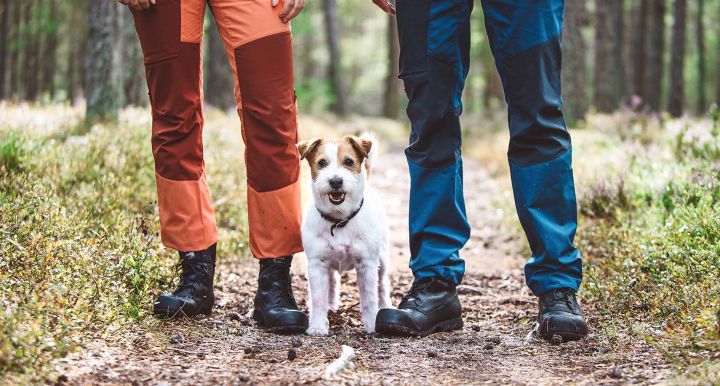
What kind of hike?
Are you the type who hikes far and in hilly terrain, or will you use your boots when you are out playing with the kids? Maybe you need boots that can withstand a lot, but are still lightweight. It all depends on what kind of hike you are going on.
Hike a day trip
For day trips, we recommend choosing a pair of boots with a medium edge. It can be a good idea to choose a pair of waterproof boots, so that they work in all weather and climates. The best choice is a leather boot, but synthetics also works well. When you are only going to be out for a few hours on a day trip, it is recommended with boots that are a little lighter and not so stiff. The boots may not be as stable, but it will be easier to adapt your feet into them. It also makes the day hike much easier.
Hike for several days (with a tent)
For longer hikes, we recommend that you should have something a little more stable and preferably with a higher edge. A pair of high leather shell boots should do the job. Leather boots are usually not 100% waterproof, but they keep out most of the moisture and leather breathes very well. If you have bad luck with the weather or maybe you have stepped straight into a swamp, leather boots dry faster than others.
Top selling boots
Alpine hiking
You might think that you need some big and heavy boots when you go on a mountain hike, but that's actually not the case. We recommend that you rather choose some lighter shoes, preferably in synthetics as well. If you are going out into the Alps on a hike, the boots must be light on the foot! This is because you often have to climb to get further on and you have to lift your legs high on this type of hike.
Everyday hiking by road or trail
If you want a pair of shoes that can withstand a little more, that you can use on forest trails and in the park, then you should choose a pair of low boots instead. It will simply be like some slightly more robust everyday shoes. This type of boot is perfect for those who are active with children and like to be outdoors, for example.
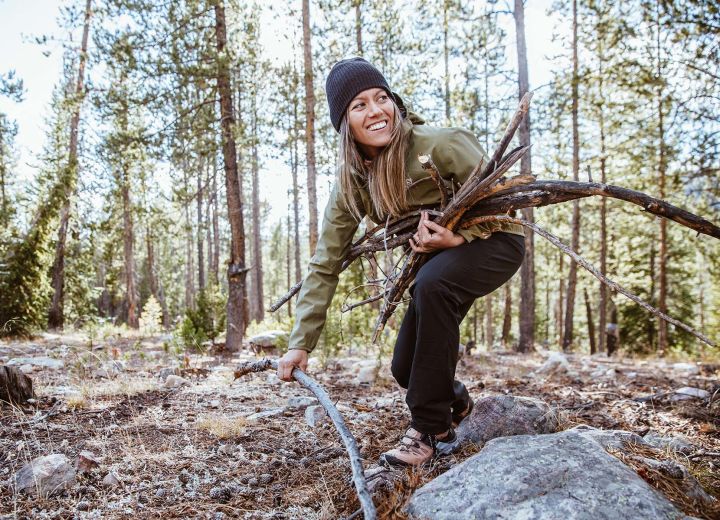
What material should I choose for my boots?
In the majority of cases, Outnorth recommends choosing a pair of leather boots. They last much longer, are almost waterproof, dry quickly, breathe and keep their shape better than synthetics. But in order for your boots to last as long as possible, it is important to take care of them! Leather requires a lot of maintenance. They must be impregnated and, preferably, also waxed. After use, it is important to brush off all dirt and keep the boots clean. Synthetics should also be impregnated and there is also a spray you can buy (which is equivalent to wax for leather).
If you want boots that are 100% waterproof, Gore-Tex is a very good choice. Gore-Tex is perfect for little children's feet, so they can jump in puddles and have fun without getting wet. Remember that the sole of the boots also needs to be treated, otherwise it may dry out and begin to crack.
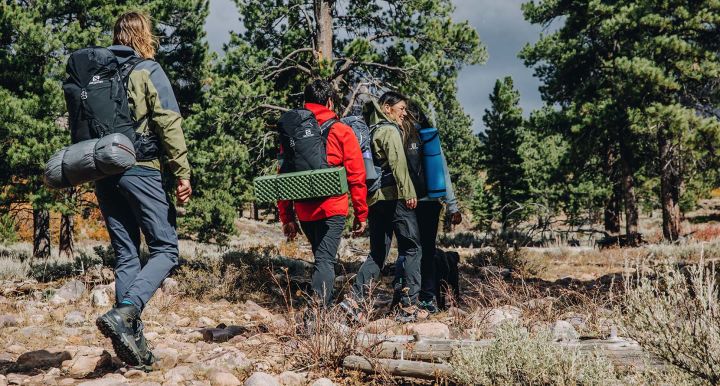
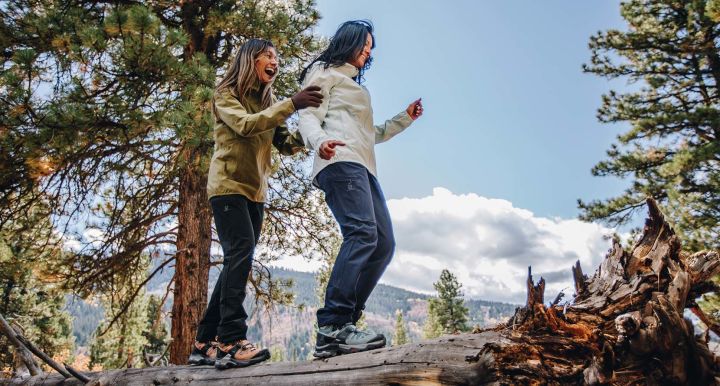
The fit of the boots
The most important thing to consider when buying new boots is not the material or how stylish they are – you have to find the right fit. If the boot does not fit as it should, the functions will not work as they should.
Which size should I wear in my boots?
When you want to find your true size in boots, you can usually think that you should have either one or two sizes larger than you usually have in your everyday shoes. In fact, it is better if the boot is a little too big rather than too small. What happens if you have boots that are too small is that the foot is pushed forward in the shoe when the toes are pointing down and this leads to your toes eventually turning blue. If the boot is too big, you can always adjust the size with a pair of extra socks.
How wide should my boot be?
Even if the boot fits lengthwise, it can still feel a little wrong. You may have a slightly wider foot and then you also have to factor that in when choosing new boots. There are many models with a wider fit. It is very important that the shoe does not pinch, to avoid shoe chafing. The boot should be rather too wide than too tight.
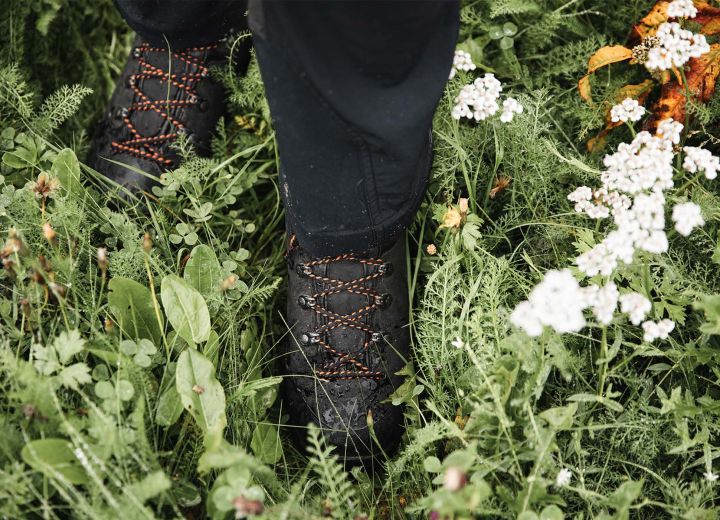
What socks should I wear in my boots?
The right choice of socks is crucial for your new boots to feel right on your foot. The right socks can be the difference to a successful hike. You absolutely must NOT put on a pair of socks in cotton for example! Then you are guaranteed abrasions. Your hiking socks should at least be made of wool – and merino wool is always a sure winner. Wool breathes, which makes you sweat less. Socks in merino wool are also softer and do not chafe nearly as much.
Once you have bought a pair of brand new boots, the next step is to go into them. Here, socks will play a big role in your comfort. Start with two pairs of socks, a thin pair inside and then several layers on the outside, in new boots to avoid abrasions. This creates friction between the socks, so that it does not chafe directly on your feet.
You can adapt your boots to any season with different thicknesses of your socks. Some socks and raggsocks are also reinforced on the toes and heels, to make your hike as comfortable as possible.
Socks for hiking
Outnorth recommends
With all these tips, the choice of boots should become much easier. To summarize, we prefer leather boots, as they can withstand more, last longer and feel better on the foot. Here at Outnorth we have a large selection of boots for all conceivable hikes. It's important to really take the time to find those perfect boots that will last for years to come.